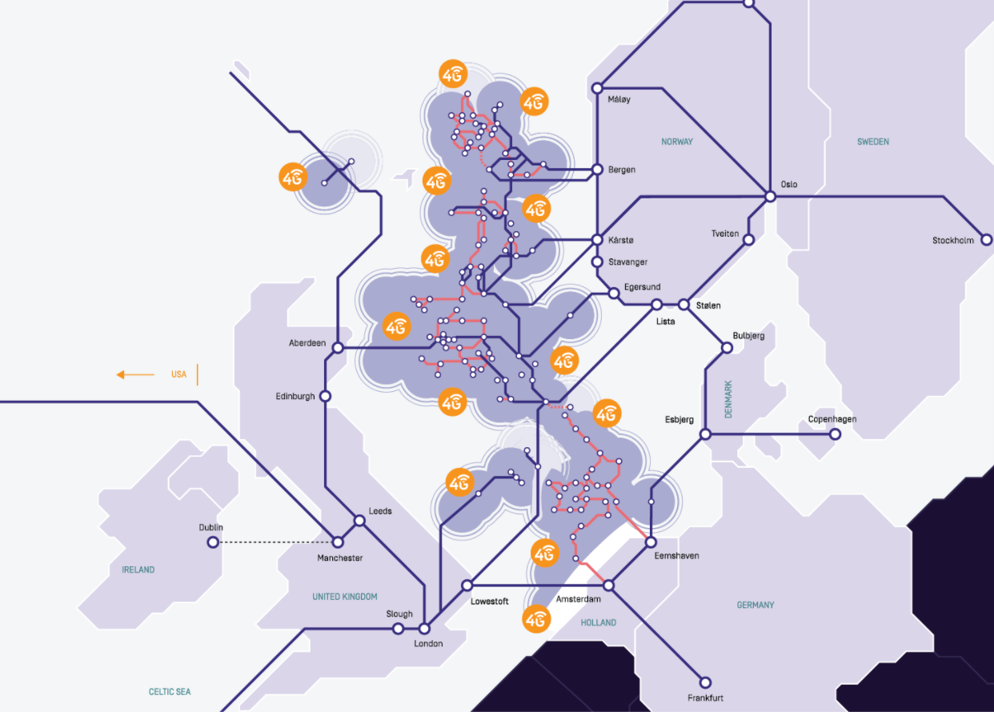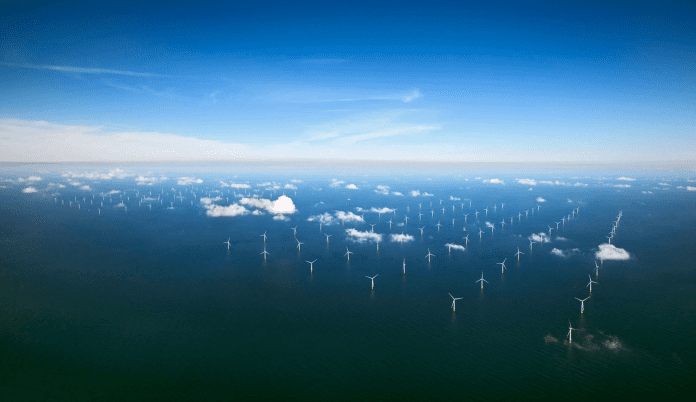T-Mobile and Tampnet have secured key 700MHz spectrum licenses for use on the Dutch Continental Shelf in the North Sea, to support 5G connectivity and digital services for oil, gas, and wind assets, as well as for the coast guard, local fishing industry, and also for leisure activity. The auction permits 5G coverage over 700 MHz “from twelve nautical miles offshore”.
Telecom regulator Agentschap Telecom in the Netherlands confirmed Tampnet and T-Mobile had won 2x20MHz and 1xx20MHz spectrum holdings in the 700MHz band, respectively. The licences run until 2040. The pair are approaching off-shore 5G provision somewhat differently, it appears, with T-Mobile talking up connectivity for “pleasure craft”, alongside wind farms, oil rigs, shipping and port logistics, and Tampnet focused on driving Industry 4.0 activity among off-shore enterprises.
It is notable the companies framed the spectrum allocation differently in their press statements, as well, with T-Mobile making repeated reference to its “state-of-the-art 5G network”, and Tampnet making no mention of 5G at all. T-Mobile said in a statement: “T-Mobile is the first Dutch public provider to add connection to its 4G and 5G network over the 700MHz band, further on the North Sea in the economically exclusive zone of the Netherlands. [This is] an important step in the digitization of the area, [which] is one of the busiest waters in the world.”
Stavanger-based Tampnet, a regional power in the supply of private LTE networks, holds spectrum for offshore cellular deployments variously at 700 MHz, 800 MHz, 900 MHz, 1.8 GHz and 2.6 GHz. It claims to operate the “largest offshore high capacity network(s)” in the North Sea and the Gulf of Mexico, designed for the energy and maritime sectors. It also manages a private LTE network for Ørsted’s Hornsea One, the world’s largest offshore wind farm, 120 kilometres off the UK coast.
Tampnet said it will be “in operation” at 700 MHz on the Dutch Continental Shelf “in a few weeks”. It said 700MHz spectrum is “best” suited for coverage inside offshore industrial setups (“on-asset coverage”), compared to other spectrum bands. It offers edge-based radio antennas to guarantee indoor coverage for tablets, smartphones, wearables, sensors, and industrial machines.

A statement from the regulator said: “The North Sea plays a major role in our economy – of great importance for the entire maritime sector, [and] also for the oil and gas industry and the generation of wind energy. The importance of mobile communication at sea is increasing… The new licensees are expected to offer 5G at sea. 5G can meet the growing need for fast mobile connections. These can be used, among other things, for private company networks or the automation of business processes. But also [for] communication with sailing and flying drones.”
Søren Abildgaard, chief executive at T-Mobile in the Netherlands, said: “The expansion of [our] 5G network over 700MHz to this area is an important step in the further optimization of our service and services for all our customers. [It is] a step that also enables further acceleration of the Dutch offshore industry. ”
Huib Fenenga, country manager for the Netherlands, said: “Spectrum is an important natural resource in order to provide mobile services, and with these key licenses we are able to provide improved connectivity and capacity to our customers within the offshore oil, gas and wind energy industries on the Dutch continental shelf. “With this new 700MHz spectrum we are really going to boost all digitalization efforts for all industries in the offshore region”

